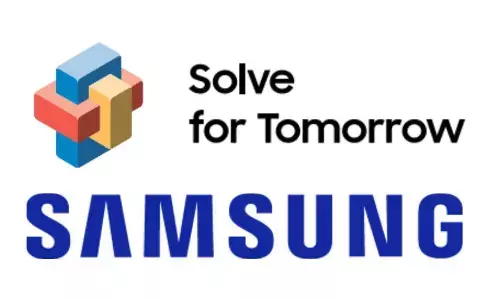Seizing the golden hour: Key to effective stroke intervention

A stroke is a serious medical condition that occurs when blood flow to a part of your brain is stopped or reduced, leading to a rapid death of brain cells
A stroke is a serious medical condition that occurs when blood flow to a part of your brain is stopped or reduced, leading to a rapid death of brain cells. In stroke care, the term “Golden Hour” refers to the critical 4.5 hours immediately following the onset of stroke symptoms. Acting swiftly within this timeframe is vital as it can significantly improve the chances of recovery and minimize permanent damage to the brain. A recent study by Boehringer Ingelheim India revealed that only 22 percent of respondents were aware of the risks and signs of a brain stroke, with awareness about treatment options dropping even lower, to just 10 percent.
The Golden Hour in Stroke Treatment
The lack of awareness concerning stroke risks, symptoms, and treatment options gravely impacts the efficient utilization of the Golden Hour. When individuals fail to recognize the early signs of a stroke, precious moments within this critical window are lost, diminishing the chances for a full recovery and minimizing the damage. This 4.5-hour window becomes a race against the clock, where each passing moment can have a huge impact on recovery results. It’s like a ticking clock where timely actions can halt or even reverse the damage, much like watering a wilting plant just in time to revive it. Swift diagnosis using MRI and CT Scans during this period allows medical professionals to ascertain the extent and location of the stroke, facilitating a tailored and effective treatment plan. This prompt action could dramatically alter the patient’s journey, potentially transitioning from a scenario of enduring long-term impairments to regaining a substantial, if not complete, quality of life.
Science of Stroke Care
In simple terms, the sooner the blockage causing the stroke is cleared, the less damage occurs. Among the primary treatments for stroke is Thrombolytic therapy, also known as clot-busting therapy. It involves administering a drug that dissolves the blood clots obstructing blood flow to the brain. This therapy is most effective when initiated within the Golden Hour, as it dramatically improves the chances of a full recovery.
Another treatment for ischemic stroke is mechanical thrombectomy, where a device is used to physically remove the clot from the blood vessel, and antiplatelet agents like aspirin, help prevent further clotting by inhibiting platelet aggregation.
Advancements in Stroke Care
Recent developments in stroke care are forerunning a new era of enhanced interventions and better outcomes. Among these advancements, Intraoperative Digital Subtraction Angiography stands out, which is employed for real-time evaluation post-surgery to ensure procedural success[1]. Furthermore, in the face of a large area of the brain affected due to stroke, Osmotic Therapy has proven instrumental in managing cerebral edema and intracranial pressure, thereby potentially alleviating the severe outcomes associated with cerebral swelling[2]. These advancements, in conjunction with prompt action during the critical “Golden Hour,” play a vital role in enhancing the outlook and enhancing the well-being of individuals affected by strokes.
Recognizing and Reacting to Stroke
The mnemonic BE FAST is an easy way to remember common stroke symptoms and the necessary actions to take. It stands for Balance (loss of balance), Eyes (blurred vision), Face (face drooping), Arms (arm weakness), Speech (speech difficulty), and Time (time to call emergency services). Recognizing these signs early and seeking immediate medical attention within the Golden Hour can significantly improve outcomes. The Golden Hour, extending 4.5 hours post the onset of stroke symptoms is a critical period where every second counts. A timely response, accurate diagnosis, and immediate medical intervention within this timeframe can significantly alter the course of recovery, potentially saving lives and reducing the long-term impact of stroke. Through education and awareness, we can better equip ourselves and our communities to act decisively in the face of this medical emergency, ultimately urging individuals and those around a person suffering a stroke to BE FAST in the Golden Hour.


















